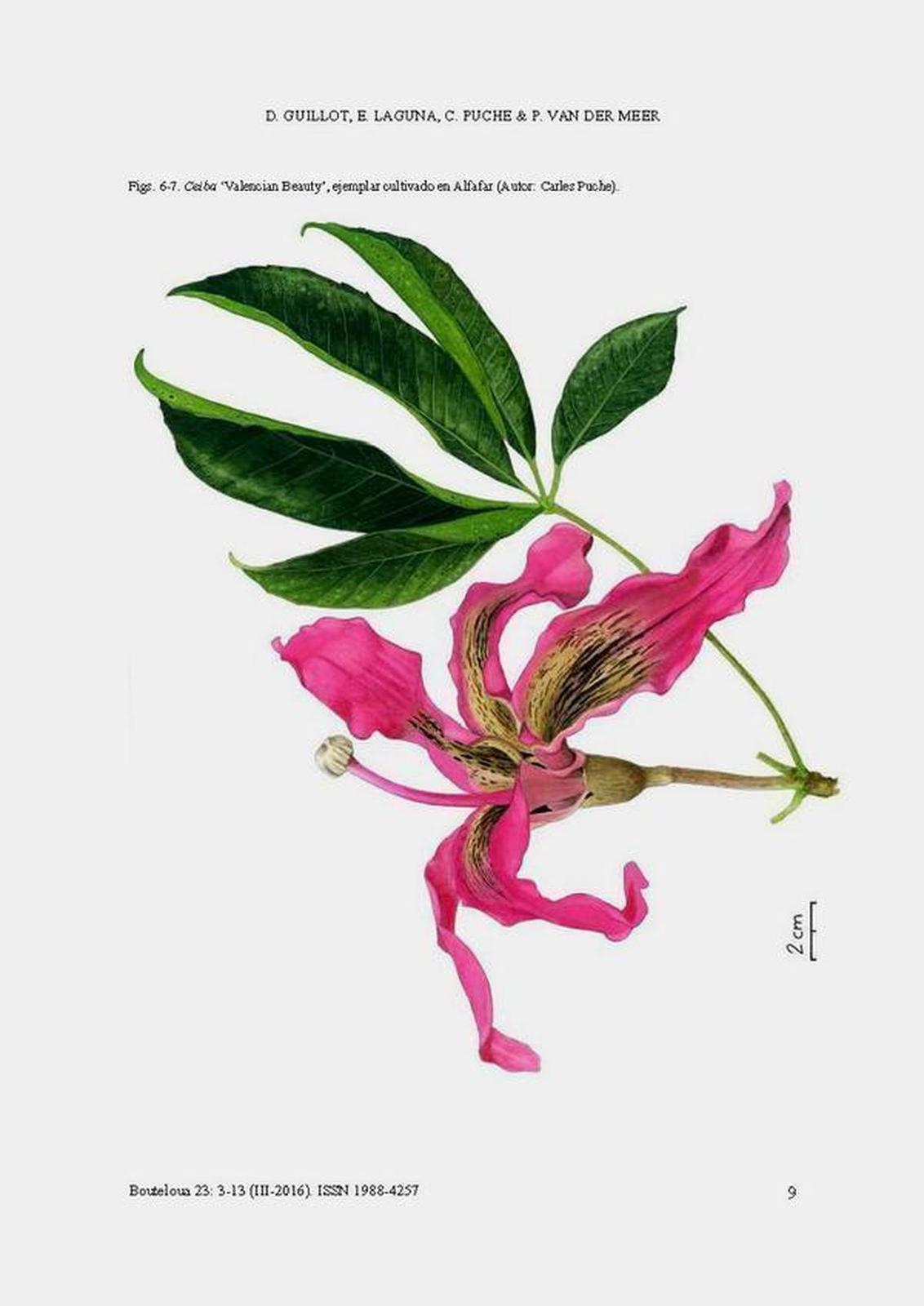Ceiba speciosa (A.St.-Hil.) Ravenna
BombacaceaeEsta especie, originaria de América Central, pertenece a la misma familia que el baobab y la ceiba o yaxché, el árbol sagrado de los mayas, bajo cuya sombra se dice que los representantes de esta cultura se retiraban a meditar cuando se encontraban en conflicto interior.
No obstante, la ceiba para los mayas conectaba los diferentes niveles del Universo, desde el inframundo hasta el cielo; en el Chilam Balam, un libro de época ya colonial donde se recogen antiguas leyendas prehispánicas, se narra la historia de una ceiba mítica que funcionaba como eje o centro del mundo abarcando los tres planos del universo: las raíces son Xibalbá, el inframundo, el tronco y las ramas son Cab o nivel terrestre, y el ave Quetzal, posado en lo alto de su copa, el cielo. Así, en la producción artística maya, las representaciones del cuerpo humano aparecen asociadas a la ceiba, en un paralelismo que asimila la vida humana a la del propio árbol. En este sentido, desde una mentalidad que hoy diríamos ecológica, representaciones como la del sarcófago de Pakal del Templo de las Inscripciones de Palenque, donde de un hombre brota una planta, ponen de manifiesto ese símbolo de vínculo del ser humano con la naturaleza, donde ambos son lo mismo: el eje del mundo. Veneradas pues por las civilizaciones prehispánicas o por el quetzal en su lugar de origen, las ceibas son también muy queridas por diversas aves e insectos autóctonos americanos. De hecho, su néctar es de gran atractivo para los colibríes y las mariposas monarcas, que actúan como principales polinizadores de estas especies.Procedencia
AmericanoCalendario
Hábitat
Morfología
Tipo
 Árbol
Árbol
 Árbol
Árbol
Porte
 Cónica
Cónica
h: 20 a 25m
r: 10,00
 Cónica
Cónica
Hoja
 Pinnada
Pinnada
 Pinnada
Pinnada
Lámina
 Obovada
Obovada
 Obovada
Obovada
Disposición
 Alterna
Alterna
 Alterna
Alterna
Margen
 Serrado
Serrado
 Serrado
Serrado
Base y peciolo
 Cuneada
Cuneada
 Cuneada
Cuneada
Ápice
 Acuminado
Acuminado
 Acuminado
Acuminado
Follaje
 Caduco
Caduco
 Caduco
Caduco

 Powered by
Powered by